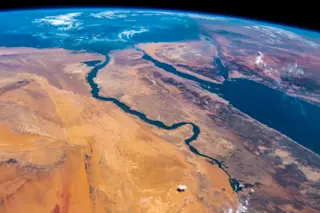An ash cloud forming at Pico do Fogo volcano on Cape Verde Islands in December 2014.Marc Szeglat/AP Updates on some eruptions across the globe this week: Cape Verde Islands: Earthquakes on Brava in the Cape Verde Islands noticed on August 1 have prompted a heightened alert and evacuations of over 300 people from the slopes of the volcano. Brava has no known eruptions in the past 10,000 years, although many of the cones and flows on the volcano look relatively young. Based on its location in an oceanic island chain (like Hawai'i), you might expect lava flows from Brava. However, some of what are thought to be the most recent eruptions are phonolite, which is a stickier lava with higher silica content that can produce explosive eruptions. Combine that with interaction with groundwater on Brava, and we could see an explosive eruption. Only two years ago, Fogo in the Cape ...
Earthquakes in the Cape Verde Islands Could Signal an Explosive Eruption to Come
Cape Verde Islands volcanic activity raises alarm as Brava volcano triggers evacuations and heightened alert due to potential eruptions.
More on Discover
Stay Curious
SubscribeTo The Magazine
Save up to 40% off the cover price when you subscribe to Discover magazine.
Subscribe













